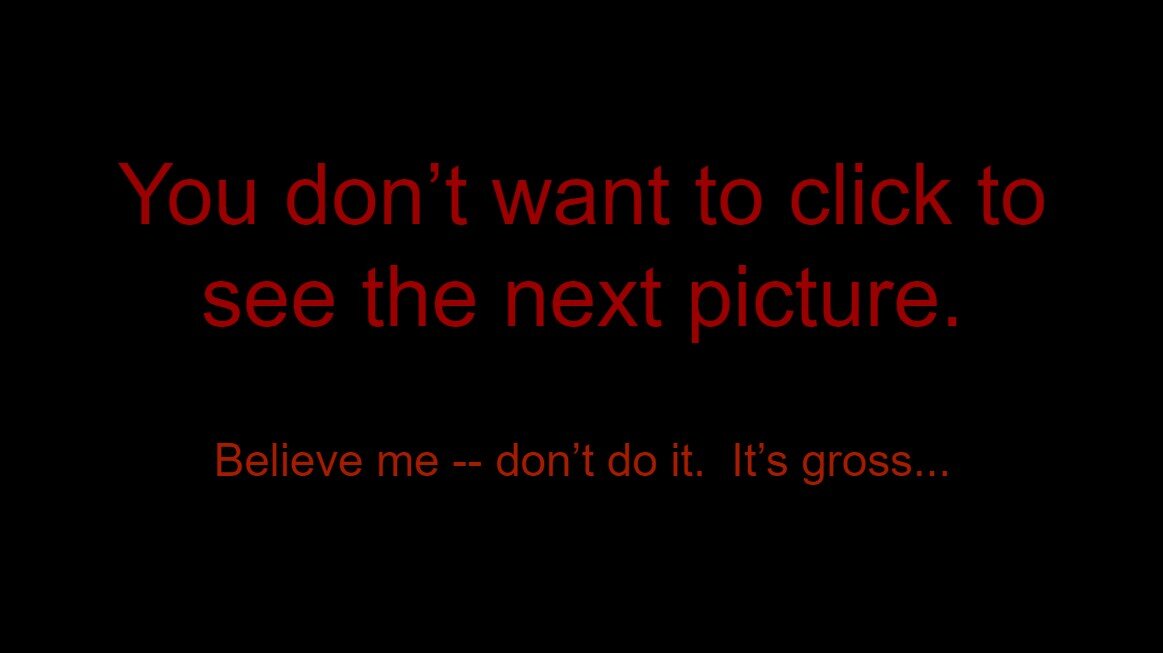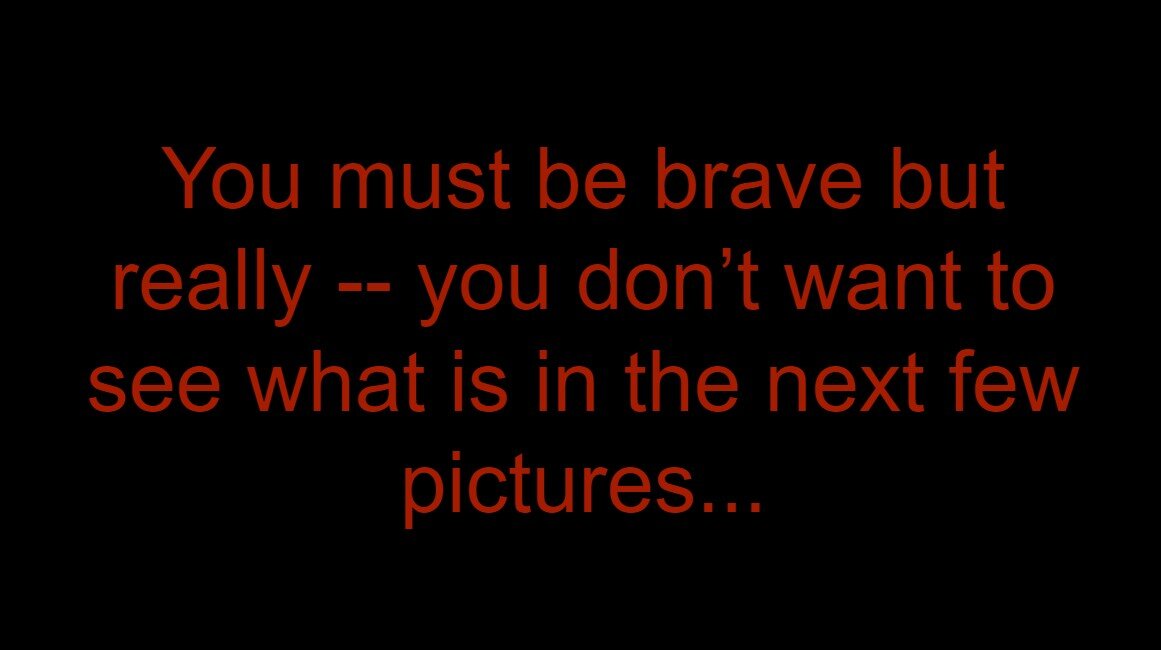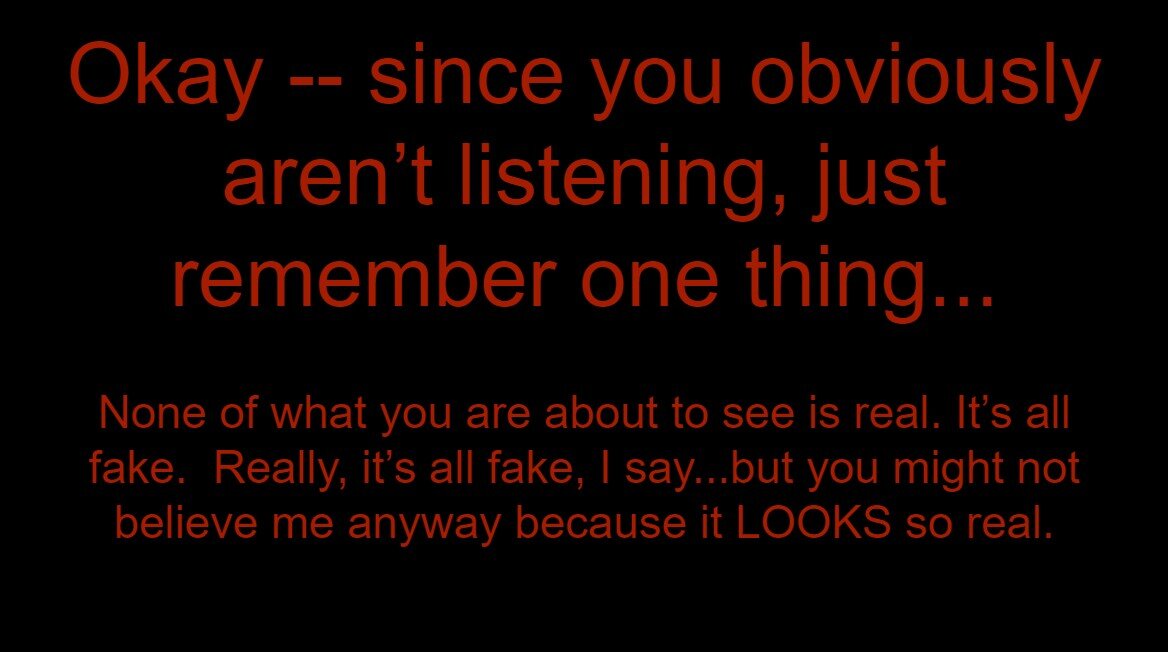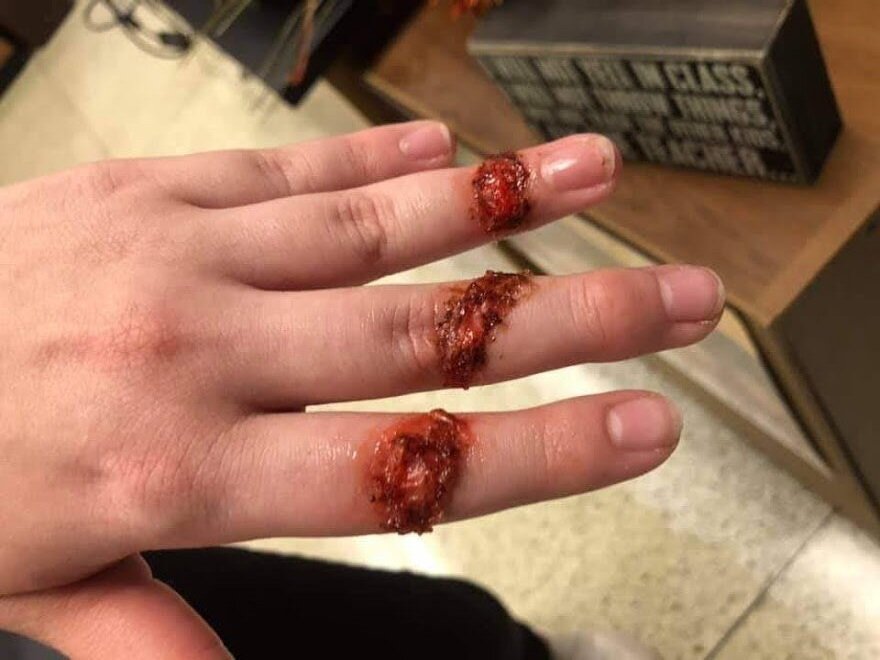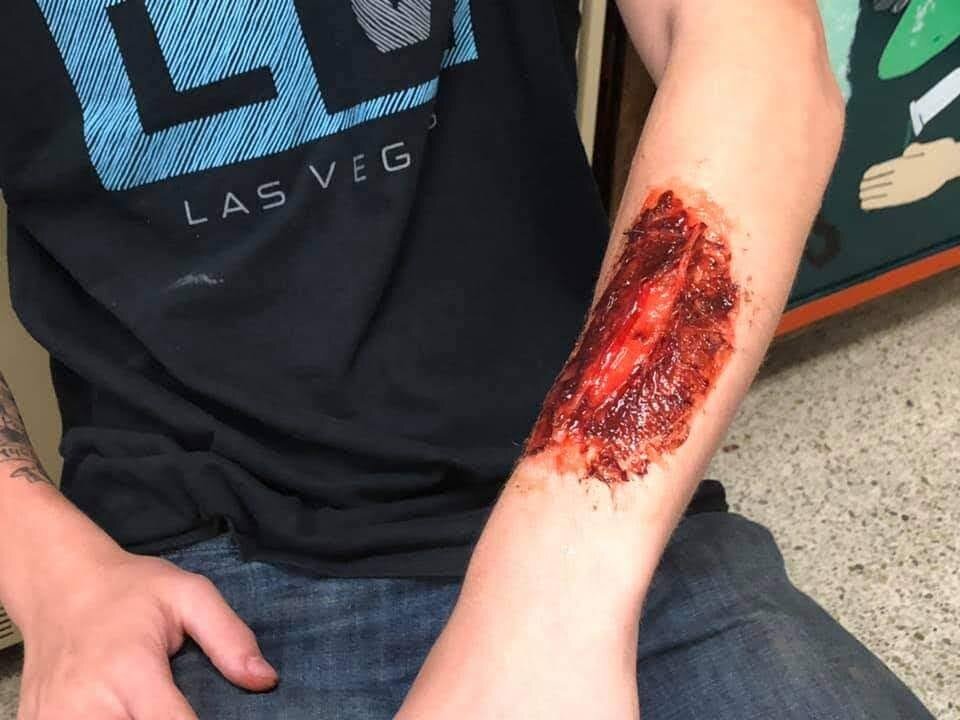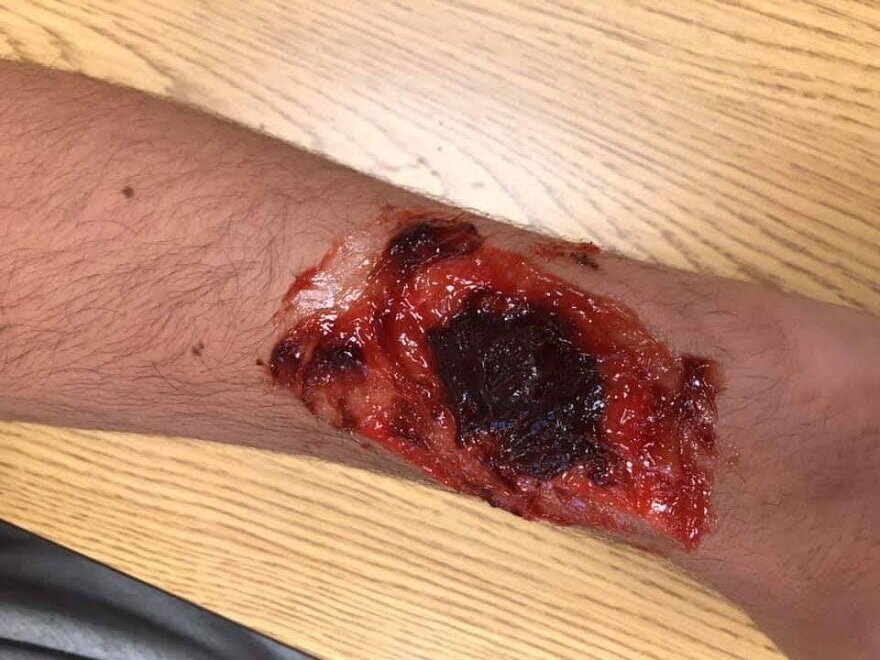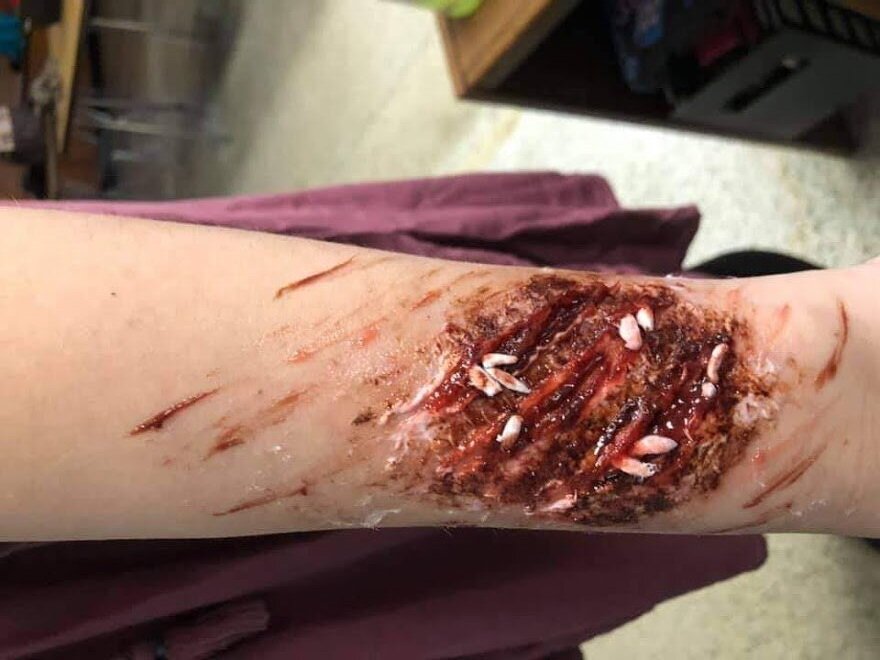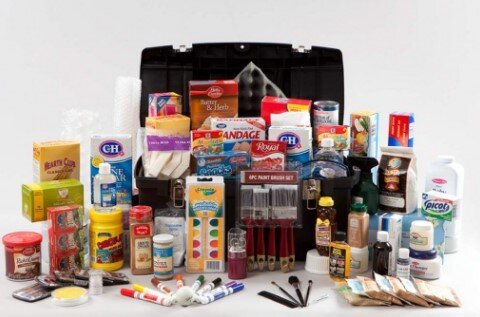Biology's Moulage Day: Don't Look!
You may not believe it, but none of what you’re about to see is real — it’s all a fake.
No, really — It’s fake!
But it looks real. It really looks real. And it’s really gross. I mean, really, really gross.
Like — gross enough for teenagers to look at it and say, “Ewww — is that real?” …and for teenagers to say that shows you how gross it really is.
Okay — so now that I have your attention, here’s the big picture. Each year around Halloween, Mrs. Pasterik runs the Moulage simulation lab in her Advanced Biology II course to teach lessons on skin injuries and how the body heals. To accomplish this, she uses moulage, a “vehicle to suspending belief and enhancing fidelity as it activates the participants’ sense of smell, touch, and sight.” Simply said, this lab allows students to consider what true injuries might appear to be and is the vehicle for the next step, to find how the body heals from such an injury.
Used in the medical field to help students quickly diagnose a wound, the critical thinking and clinical reasoning of creating the imaginary wound allows for a multi-sensory experience which allows a student to manage their own emotional responses before an actual life is on the line.
Yes — below are pictures of skin wounds in various stages. Created with the use of common household items such as cocoa, gelatin, food coloring, petroleum jelly, and single-ply toilet paper, the most important item needed is student creativity. Mrs. Pasterik was able to gather enough supplies to give each student their own personal kit and, with a little initial research and a heavy dose of desire to out-gross each other, their desire to perform well this lab was set in motion.
“It was a fun new technique to create fake wounds,” says Olivia Esposito, senior Vet Assistant. An amateur special-effects artist, Olivia brings a great amount of expertise to the project. “I liked learning more about the different types of wounds, how they might occur, and how to imitate them with such simple material.”
Sure to be remembered for many years to come, this lab has become a yearly Halloween favorite where kids have gruesome fun while they learn.
So if you are brave, click on the pictures below to see the results of this lab. To say the least, they are realistic, so remember — they are completely fake and are completely made of items found around the house.
To read more articles from the Eagle, click here: https://www.lcctceagles.com/the-eagle

